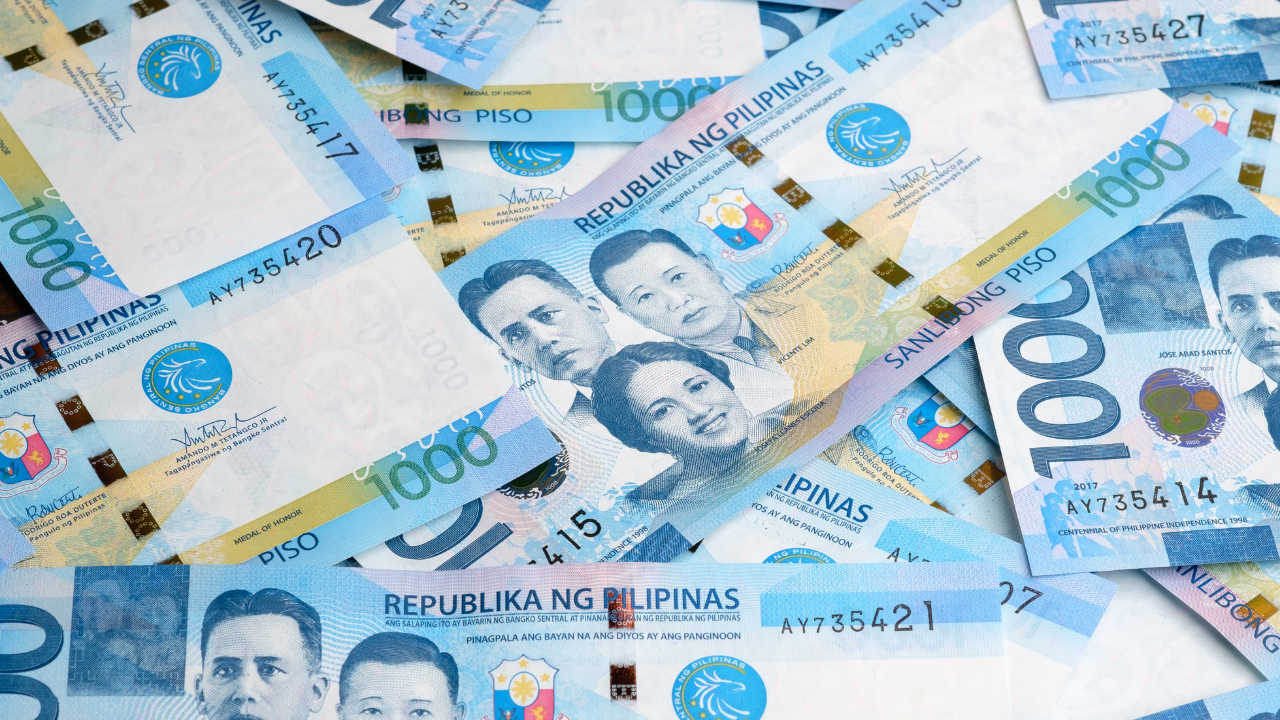
Not a lot of basketball fans can remember that recent NCAA Most Valuable Player Will Gozum started his college career with the University of the Philippines Fighting Maroons. As a Maroon fan knowing our history of "donut" teams, and not being able to recruit a dominant big man since the Benjie Paras days, I quietly celebrated when I heard about it.
Side note: The most notable UP local big men since the 2000s were Jay-R Reyes and Magi Sison. Reyes stood 6-7, was already tall at that time and had a memorable PBA career. Sison was 6-8, part of the original Gilas Pilipinas recruits under Coach Rajko Toroman. Despite his extensive training and physical advantages, Sison hardly made an impact in college or even the PBA.
Gozum struggled with playing time behind Bright Akhuetie, a foreign student-athlete who transferred from the University of Perpetual Help in the NCAA. He was the MVP of Season 81, which marked the Maroons first Final Four return since 1997– a full 21-year drought. Playing behind the MVP did not sit well with Gozum so he decided to return to the NCAA, where he became an MVP himself.
Gozum's case is not the first, and would not be the last UAAP to NCAA success story. Another famous example is Robert Bolick who started his career with La Salle, before becoming the King Red Lion of San Beda.
Not much of an exodus
It's not just UP where recruits depart when they see better opportunities. The UAAP was rocked by conflicting reports regarding Jonnel Policarpio, a rising star in La Salle, who is also playing behind the league MVP Kevin Quiambao.
There were reports that Policarpio was leaving La Salle. Two schools were mentioned by different sources– Mapua and Letran, with the latter linked to the Pampanga connection. Governor Delta Pineda is a hoops patriarch, and he has supported various colleges, namely San Sebastian and La Salle. More than just a sponsor who discovers talent, he also guides their career paths.
La Salle has the biggest question in college basketball–the decision of UAAP MVP Kevin Quiambao. Would DLSU let KQ walk away the same way that UP allowed their golden boy, Carl Tamayo? Policarpio's fate provides a clue. If the Green Archers loosen the purse strings just to keep him, it's probably because they are likely to lose Quiambao to greener pastures.
This is the new reality of Philippine college basketball. It has become much closer to their American counterpart. As players become bigger and stronger at a younger age, more progressive Asian leagues have opened their doors for them. We see Tamayo playing just two years, but there is also Dwight Ramos, who never even played an official UAAP game.
Continuity is a challenge
The Pablo and Policarpio cases involving the current recruiting giants illustrate the main challenge for college coaches: Continuity. This is why they "over-recruit." If they did not, they could be left with an empty bag.
Each school has to find their own niche. The University of the East Red Warriors, for instance, has strong connections with the Fil-Am community. They used that to recruit fresh high school players and even collegiate players who can be one-and-dones, like Luis Villegas and CJ Payawal. Ateneo is quietly building their own powerhouse again, with Jared Bahay and possibly Kris Porter–Batang Gilas proteges.
There are now more factors affecting a player's college decision. Not just playing time or exposure. These players now have handlers, and money is already a factor since the UAAP is not interested in regulating the cash flow–which has made them the premium college league by far.
The Maroons lost Chris Hubilla and Luis Pablo, but they have more players coming in on the pipeline, not just Rey Remogat. Connections and money, just like everything in the country, speaks loudest. Shed no tears for the college powerhouses. The talent pool just gets deeper, with the National Basketball Training Center (NBTC) showcasing the blue chips of tomorrow.
Read The Rest at :




